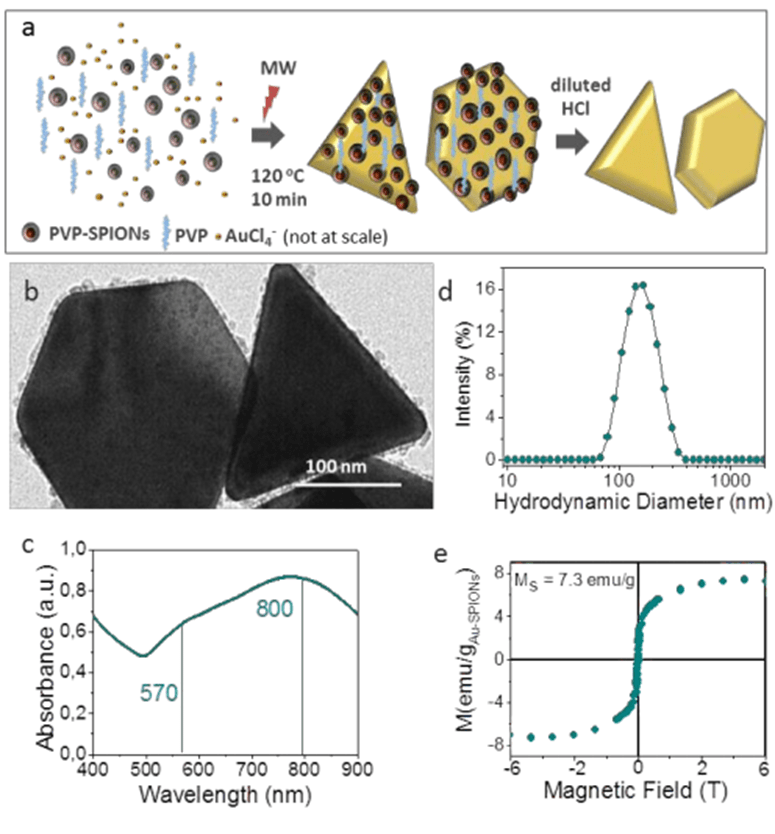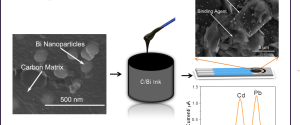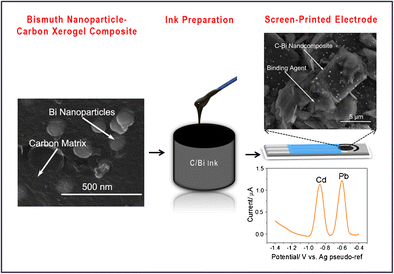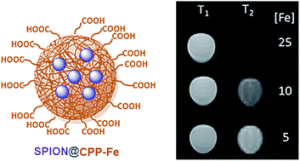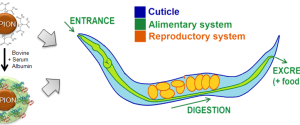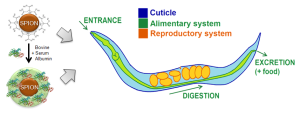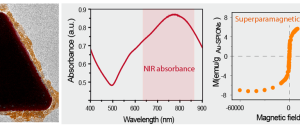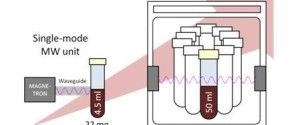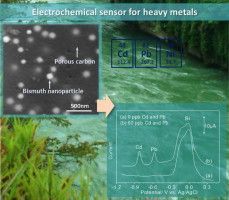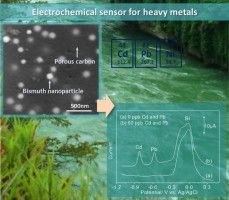Hot off the press: New article accepted in Acta Biomaterialia!
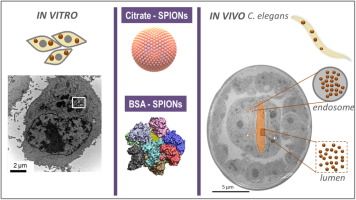 The article “Bio-identity and fate of albumin-coated SPIONs evaluated in cells and by the C. elegans model” (Si-Ming Yu, Laura González-Moragas, Maria Milla, Androniki Kolovou, Rachel Santarella-Mellwig, Yannick Schwab, Anna Laromaine, Anna Roig) is now published online in Acta Biomaterialia at:
The article “Bio-identity and fate of albumin-coated SPIONs evaluated in cells and by the C. elegans model” (Si-Ming Yu, Laura González-Moragas, Maria Milla, Androniki Kolovou, Rachel Santarella-Mellwig, Yannick Schwab, Anna Laromaine, Anna Roig) is now published online in Acta Biomaterialia at:
http://www.sciencedirect.com/science/article/pii/S174270611630349X.
doi:10.1016/j.actbio.2016.07.024.
Abstract: Nanoparticles, whose surface adsorbs proteins in an uncontrolled and non-reproducible manner will have limited uses as nanomedicinal products. A promising approach to avoid nanoparticle non-specific interactions with proteins is to design bio-hybrids by purposely pre-forming a protein corona around the inorganic cores. Here, we investigate, in vitro and in vivo, the newly acquired bio-identity of superparamagnetic iron oxide nanoparticles (SPIONs) upon their functionalization with a pre-formed and well-defined bovine serum albumin (BSA) corona. Cellular uptake, intracellular particle distribution and cytotoxicity were studied in two cell lines: adherent and non-adherent cells. BSA decreases nanoparticle internalization in both cell lines and protects the iron core once they have been internalized. The physiological response to the nanoparticles is then in vivo evaluated by oral administration to Caenorhabditis elegans, which was selected as a model of a functional intestinal barrier. Nanoparticle biodistribution, at single particle resolution, is studied by transmission electron microscopy. The analysis reveals that the acidic intestinal environment partially digests uncoated SPIONs but does not affect BSA-coated ones. It also discloses that some particles could enter the nematode’s enterocytes, likely by endocytosis which is a different pathway than the one described for the worm nutrients.
Keywords: Iron oxide nanoparticles; Protein corona; Cytotoxicity; C. elegans; Biodistribution.
Congratulations to all the authors!

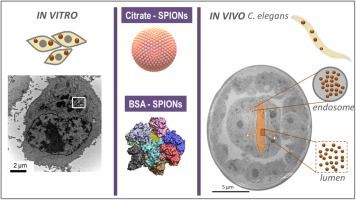

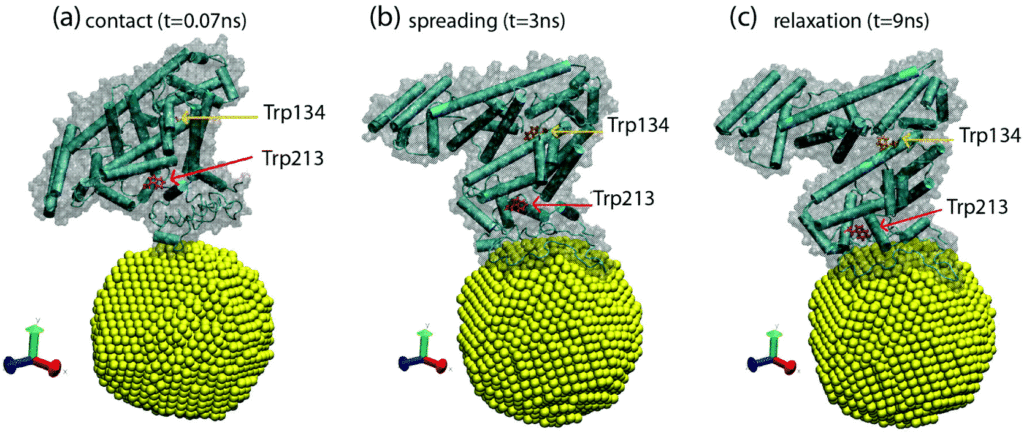

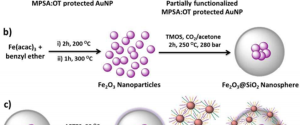
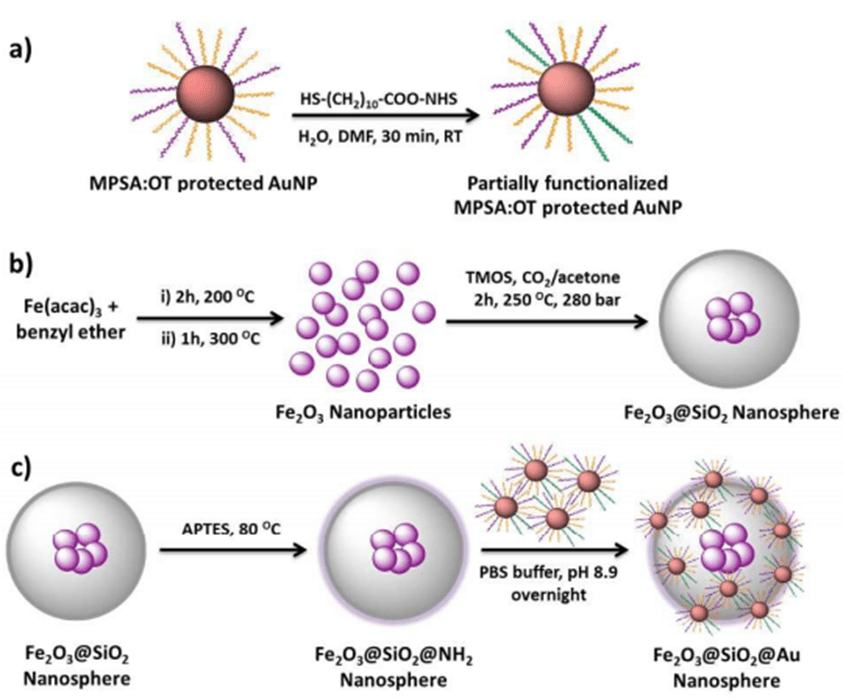

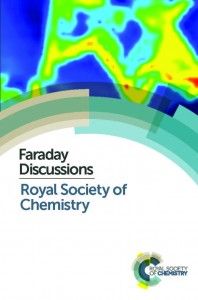 We are very happy to announce that the manuscript “
We are very happy to announce that the manuscript “